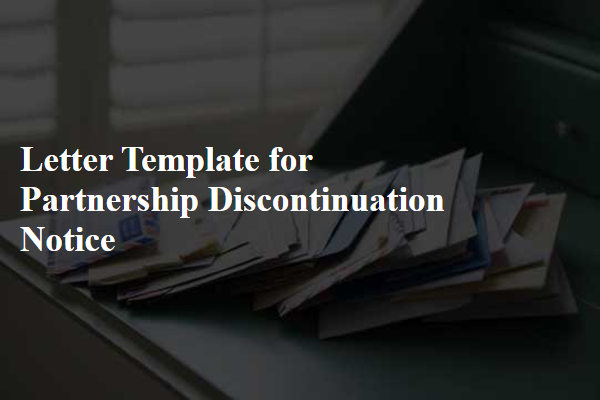Welcome aboard! We're thrilled to have you join our community, and we're committed to making your onboarding experience seamless and enjoyable. In this article, you'll discover our streamlined onboarding procedures designed to familiarize you with our services and support you every step of the way. So grab a cup of coffee, sit back, and let's dive into how we can work together effectively!

Personalized Greeting
New client onboarding procedures involve a personalized greeting that establishes a positive relationship. Greeting clients by their name, for example, "Welcome, John Smith," creates a friendly atmosphere. Acknowledging their specific needs, such as providing background information about their industry, like "We understand that as a local business in the retail sector," helps tailor the experience. Stating the next steps clearly, like scheduling a kickoff meeting within one week, ensures clarity. Expressing enthusiasm about the partnership, such as "We look forward to collaborating with you to achieve your goals," reinforces commitment to excellent service and successful outcomes.
Introduction and Company Overview
When initiating a new client onboarding procedure, an introduction that emphasizes the company's mission and values is crucial. The onboarding process begins with a comprehensive overview, highlighting the company's history, such as its establishment in 2010, and its commitment to excellence in service delivery across multiple sectors, including technology, finance, and healthcare. This overview should include specific achievements like a 95% customer satisfaction rate and service awards obtained over the years. Emphasizing the unique approach, which leverages innovative solutions and personalized support, sets the tone for a collaborative relationship. Key team members, such as the client success manager, with years of experience in strategic implementation, should be introduced to establish trust and a sense of partnership. The company's mission to drive growth through tailored strategies and unwavering support will resonate throughout the onboarding experience.
Onboarding Process Outline
The client onboarding process is a structured outline designed to ensure a seamless transition into our services. Initiation begins with a welcome email, detailing our organization, key contacts, and a brief overview of services offered in relation to project goals. The kickoff meeting, scheduled within the first week, allows for the identification of client expectations and specific deliverables. Collaborative tools, such as project management software (examples include Asana or Trello), will be set up to facilitate communication and task tracking. Important documents, including contracts, service level agreements (SLAs), and project timelines, will be shared for sign-off to establish mutual understanding. Regular check-ins, occurring bi-weekly, will gauge progress, address concerns, and adapt plans as needed; these meetings will also include performance metrics relevant to project success. The onboarding process aims for a completion timeline of approximately 30 days, culminating in a final review session where feedback will be gathered to refine future processes.
Key Contacts and Communication Channels
In the client onboarding process, key contacts such as account managers (individuals responsible for maintaining the relationship and ensuring satisfaction), project coordinators (those overseeing project execution), and technical support (experts addressing specific product or service queries) play crucial roles. Effective communication channels include email (typically used for formal correspondence and documentation exchanges), phone calls (for real-time communication and urgent matters), and collaborative platforms like Slack or Microsoft Teams (which facilitate instant messaging and file sharing). Clear identification of these roles and channels fosters streamlined interactions and enhances client experience during the critical early stages of engagement.
Next Steps and Call-to-Action
Onboarding new clients involves a structured procedure ensuring smooth transition and clear communication. Initial steps include sending a welcome email detailing the procedure and introducing key contacts, such as account managers or project leads. Scheduling a kick-off meeting at a designated platform, like Zoom, ensures alignment on project objectives and timelines. Providing access to collaborative tools, such as Trello or Asana, facilitates ongoing project management and task assignments. Clients should also receive a comprehensive guide outlining expectations, deliverables, and communication channels. Lastly, sharing key deadlines for feedback and reviews fosters engagement and accountability throughout the onboarding process.













Comments